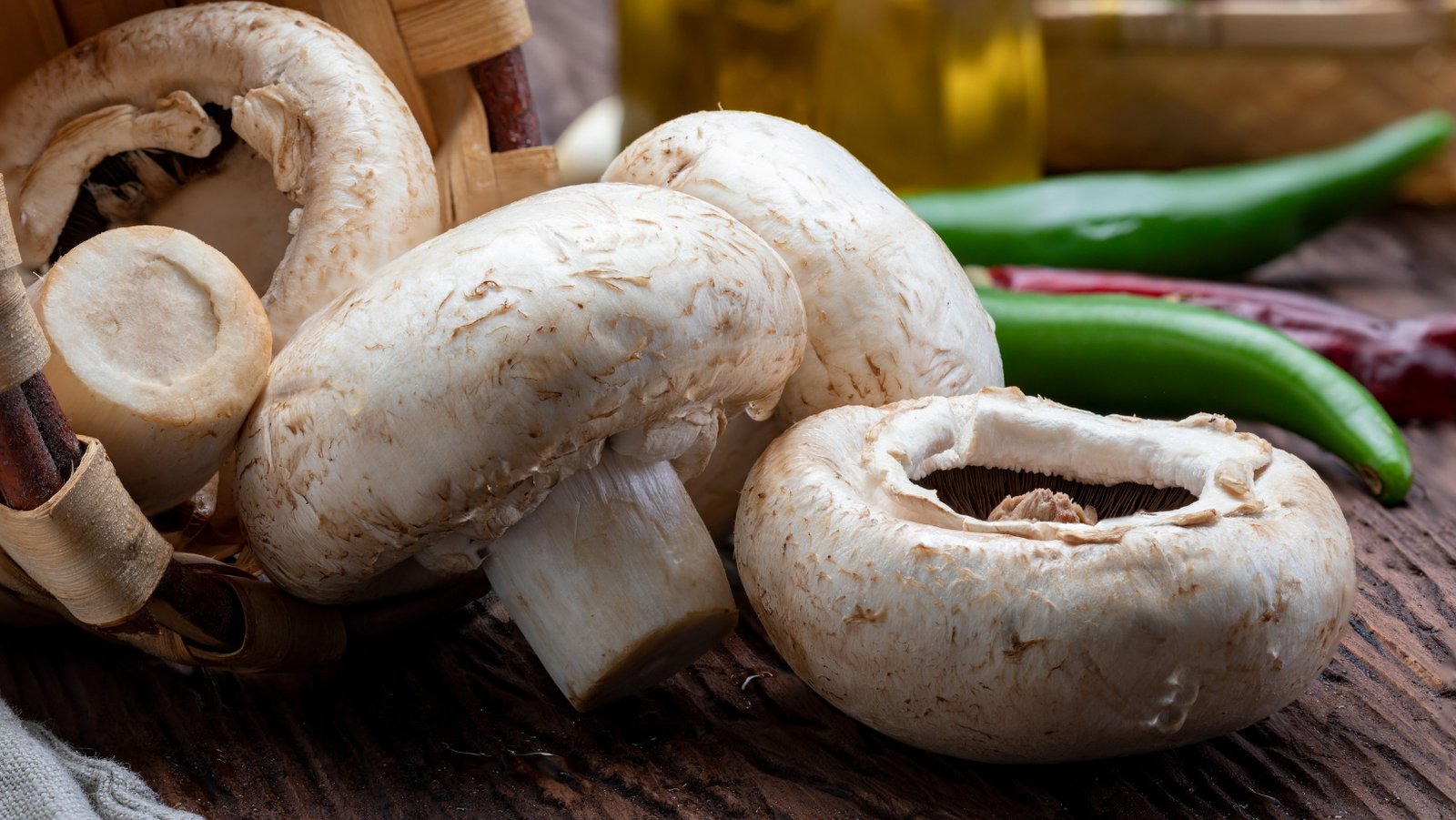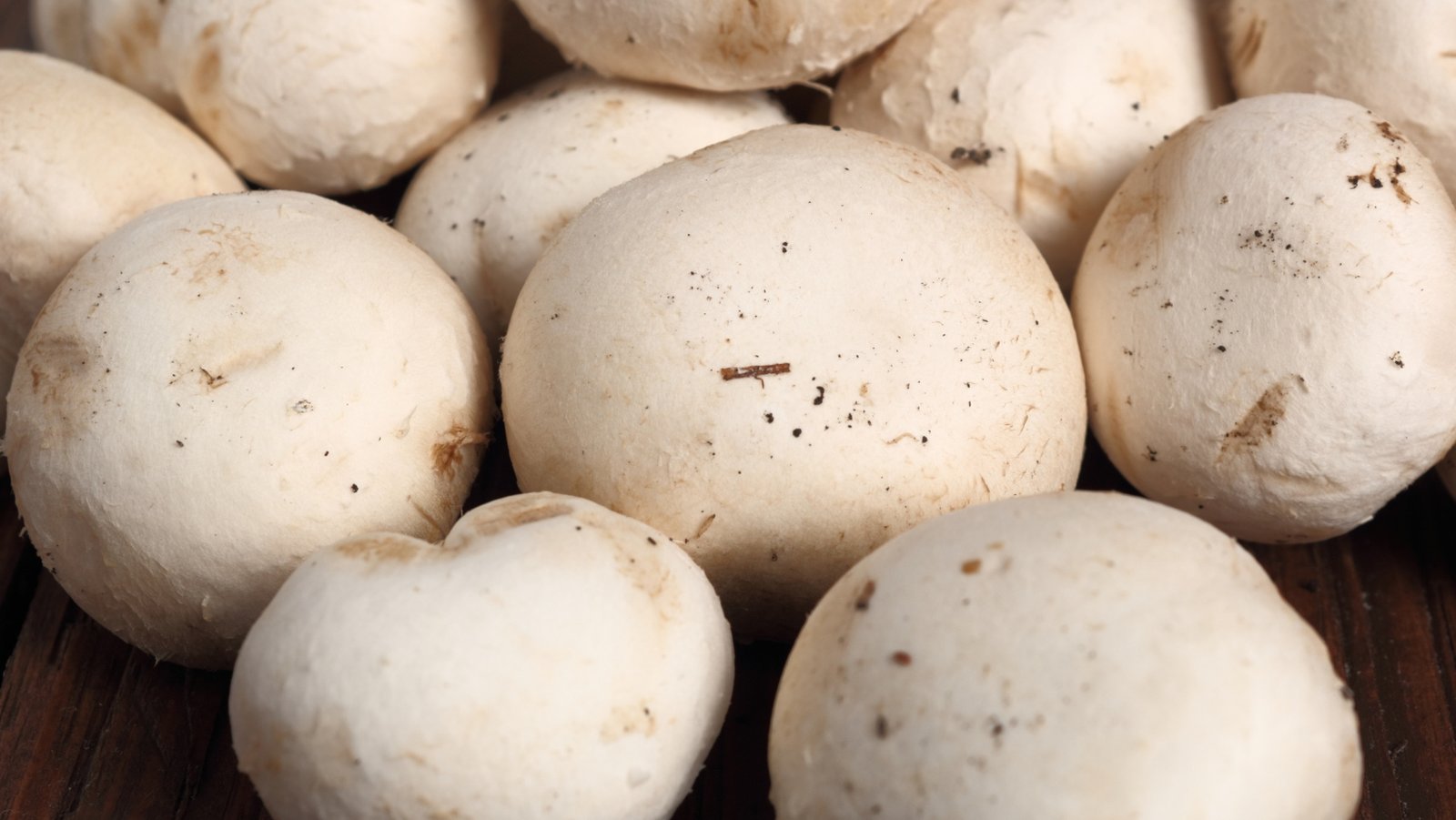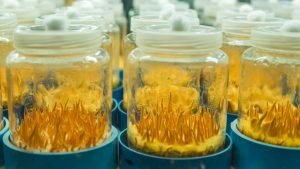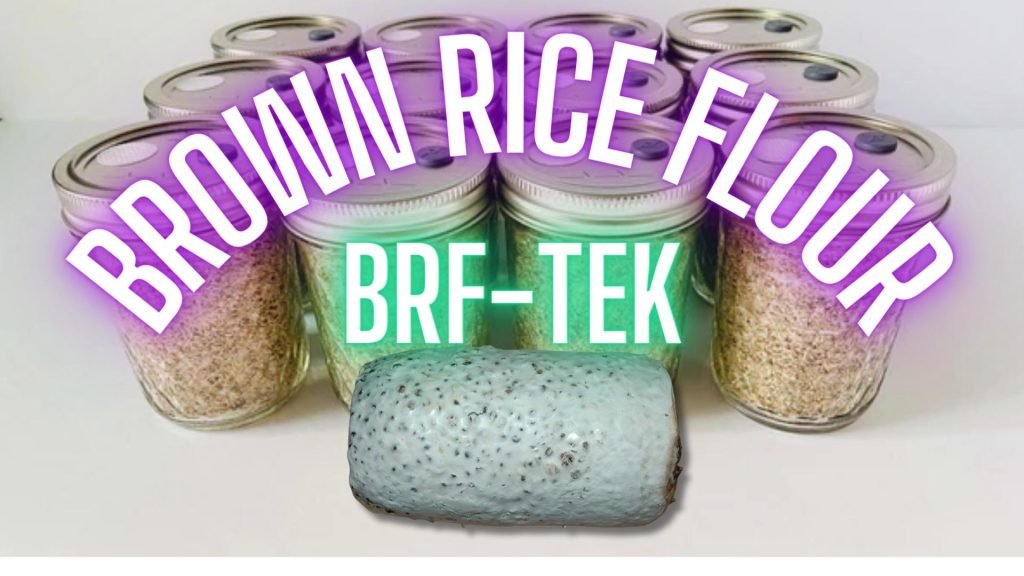A comprehensive exploration into the health benefits and nutritional values of the Common Button mushroom (Agaricus Bisporus), often overshadowed by its exotic counterparts but brimming with its own set of virtues.
Our article, “Unveiling the Health Benefits of the Humble Button Mushroom,” delves into the nutritional prowess and potential health benefits of the Agaricus Bisporus, more commonly known as the Button Mushroom. Underrated but nutritionally rich, this ubiquitous fungi variety offers more than just culinary versatility—it’s a powerhouse of nutrients that can significantly contribute to your overall health.
Unearthing the Button Mushroom:
The Button mushroom, also known as the White Mushroom, is a variety of Agaricus Bisporus and one of the most widely cultivated mushrooms worldwide. Despite its humble appearance and reputation as a culinary staple, it is a nutrient-dense food packed with vitamins, minerals, and beneficial compounds.
This unassuming fungi variety has been part of the human diet for centuries and is celebrated for its mild flavor that blends seamlessly into various culinary preparations. However, it’s the button mushroom’s health benefits, derived from its nutritional profile, that truly deserve recognition.

Nutritional Profiling of the Button Mushroom:
One of the remarkable aspects of the button mushroom is its comprehensive nutritional profile. Low in calories and fat, it is an excellent source of protein and dietary fiber. It is also rich in essential nutrients, including several B vitamins such as riboflavin, niacin, and pantothenic acid, along with a good measure of minerals like selenium, copper, and potassium.
Selenium, a powerful antioxidant, helps protect the body’s cells from damage, while copper plays a vital role in the production of red blood cells and supports nerve health. Potassium, on the other hand, aids in maintaining fluid balance and supports heart and muscle function.
Notably, Portobellos are among the few non-animal sources of vitamin D, a nutrient vital for bone health and immune function. When exposed to sunlight, they synthesize this “sunshine vitamin,” a feature exploited by mushroom farmers to boost their nutritional content.

Potential Health Benefits:
The Button mushroom’s rich nutrient content translates into a variety of potential health benefits. Its antioxidant content, particularly selenium and a unique antioxidant called ergothioneine, helps protect cells from the damaging effects of free radicals, potentially reducing the risk of chronic diseases such as heart disease and cancer.
The dietary fiber in Button mushrooms, combined with their low calorie and fat content, make them a weight-friendly choice. They can add bulk to meals, promoting feelings of fullness and aiding in weight management. Moreover, the potassium in these mushrooms may contribute to cardiovascular health by helping to regulate blood pressure.
Emerging research also suggests that Button mushrooms may have beneficial effects on the immune system. Certain polysaccharides found in these mushrooms, such as beta-glucans, are believed to stimulate immune cells, enhancing the body’s defense mechanisms.
The universe of mushrooms is expansive, each variant bearing its own unique charm and characteristics. The Marketplace on the 🍄 Mushroom Network is a testament to this diversity. It is a haven for those seeking a deeper understanding of the magical world of mushrooms. If you’re keen on learning more about this type of mushroom and other mushroom variants, this Marketplace is your ultimate resource.
No posts found!
Culinary Uses and Considerations:
Given their mild flavor and versatile nature, Button mushrooms can be incorporated into a wide array of dishes. From salads and soups to stir-fries and stews, they can enhance a meal’s nutritional profile without adding significant calories.
While they can be eaten raw, cooking button mushrooms is often recommended to unlock their full nutritional potential and to ensure safety, as raw mushrooms contain a potentially harmful compound called agaritine. However, cooking, particularly grilling or microwaving, significantly reduces its levels.
Moreover, mushrooms are porous and can absorb a lot of water. To clean them, simply wipe them with a damp cloth or a soft brush instead of rinsing to prevent them from becoming waterlogged and losing their texture.
Not sure where to start? The 🍄 Mushroom Academy offers a wide range of courses tailored to your needs. Whether you’re a beginner eager to learn or an experienced mycologist looking to broaden your knowledge, the 🍄 Academy has something for everyone.

A Mushrooming Conclusion: The Button Mushroom’s Virtues Revealed:
In the vast world of mycology, the humble Button mushroom holds its ground with remarkable nutritional prowess. As we’ve seen, this modest fungi variety is much more than a culinary staple; it’s a nutrient-dense powerhouse offering a host of potential health benefits. With its versatility and availability, the Button mushroom easily earns a spot in our everyday meals and our understanding of health-supporting foods.
Don’t forget to check out the 🍄 Mushroom Network’s Marketplace to see what’s available. But hurry, our shelves are constantly evolving, and you wouldn’t want to miss out on this wonderful mushroom. Join our growing network of Patrons, Genetics, and Mycologist Vendors only on the 🍄 Mushroom Network!
Recommended Reads:
The Scholarly Overview of Micro-dosing Psilocybin Capsules: A Responsible and Educational Approach
About This Article: 🍄 Dive deep into the educational realm of micro-dosing psilocybin capsules with...
Read More...A Beginner’s Guide to Home Mushroom Cultivation: From Setup to Harvest
This detailed and captivating article provides a comprehensive and step-by-step guide for beginners interested in...
Read More...The Galactic Map of Mushrooms: Understanding Spore Prints
About This Article: This is where you can leave notes or details that only ADMINS...
Read More...Cooking with Cordyceps: Culinary Adventures in Medicinal Mycology
Mycology, the study of fungi, has long fascinated humanity for its diverse range of applications....
Read More...Whoa there, Spore Sport! 🍄 Looks like you’re not logged in yet. Don’t you know what you’re missing? MYCO-CREDITS! Imagine all the fungal fun you could have. It’s like finding a Morel in May and not picking it. Tragic, right? Log In or Become a Myco-Patron and start racking up those credits. It’s more rewarding than finding a mushroom in your backyard! 🌟🏡









